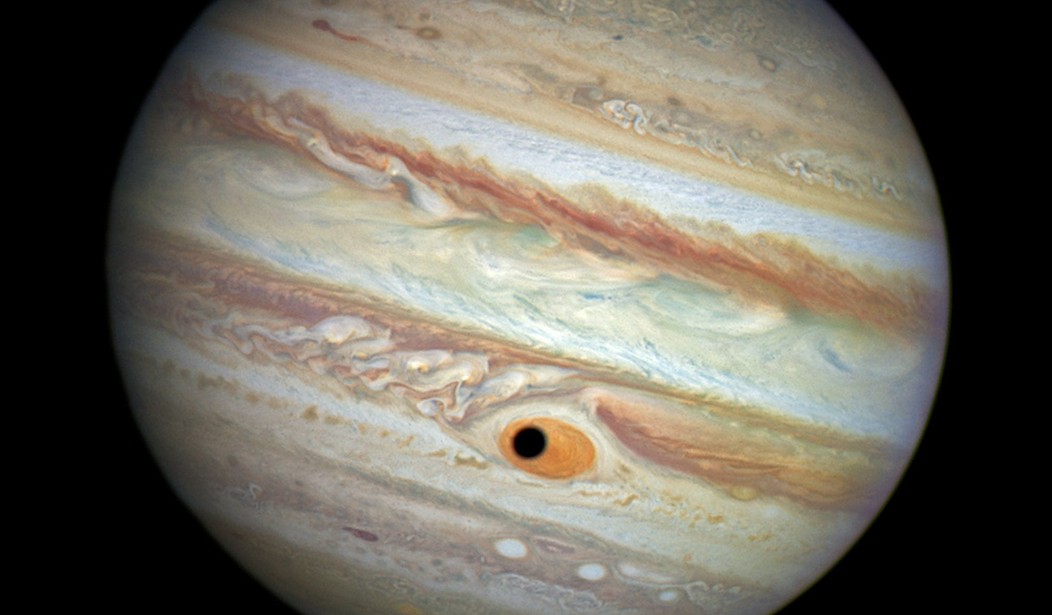Astronomers have captured video evidence of a collision between Jupiter and a small celestial object, likely a comet or asteroid. Though it looks like a small blip of light, the resulting explosion was unusually powerful.
As Phil Plait of Bad Astronomyreports, the collision occurred on March 17, but confirmation of the event only emerged this week. An amateur Austrian astronomer used a 20-centimeter telescope to chronicle the unexpected event, but it could’ve been some kind of visual artifact.
A second video taken at the same time with a 28 cm telescope in Ireland has now confirmed it as an actual impact.
From a fuller account in Slate:
On March 17, Gerrit Kernbauer, an amateur astronomer in Mödling, Austria, was taking video of Jupiter using a 20 cm telescope. This is a common technique to capture thousands of frames of an object, so that the best parts of each frame can be teased out to create a high-resolution image, removing the distorting effects of the atmosphere.
But he got more than he expected. At 00:18:33 UTC he captured what looks very much like the impact of a small comet or asteroid into Jupiter!
As to what did the impacting, that’s less clear. It could be either a small asteroid or a small comet. Given how brief the flash was, and how bright, I’m sure it wasn’t terribly big, probably in the tens-of-meters wide range. I know that sounds small, but remember, Jupiter has ferocious gravity, and velocity is critical here! The energy released by an object slamming into another depends linearly on the mass (double the mass, double the energy), but on the square of the velocity: double the velocity,quadruple the energy.
On average (and ignoring orbital velocity), an object will hit Jupiter with roughly five times the velocity it hits Earth, so the impact energy is 25 times as high. The asteroid that burned up over Chelyabinsk, Russia, in 2013 was 19 meters across, and it exploded with the energy of 500,000 tons of TNT.
Now multiply that by 25, and you can see how it doesn’t take all that big a rock to hit Jupiter for us to be able to see it from Earth.
Incidentally, at these huge speeds, hitting the atmosphere is like slamming into a wall. A lot of people get understandably confused how an asteroid can explode due to air, but the pressures involved as it rams through the atmosphere at these speeds are ridiculously huge. The air and rock heat up, the rock starts to fall apart, and each chunk then gets hot, and so on, creating a very rapid cascade that releases the energy of motion in just a second or two.
Bang. Very, very big bang.
Luckily, it can’t happen here… can it?
https://youtu.be/4ZxXYscmgRg
Or, even worse:









Join the conversation as a VIP Member